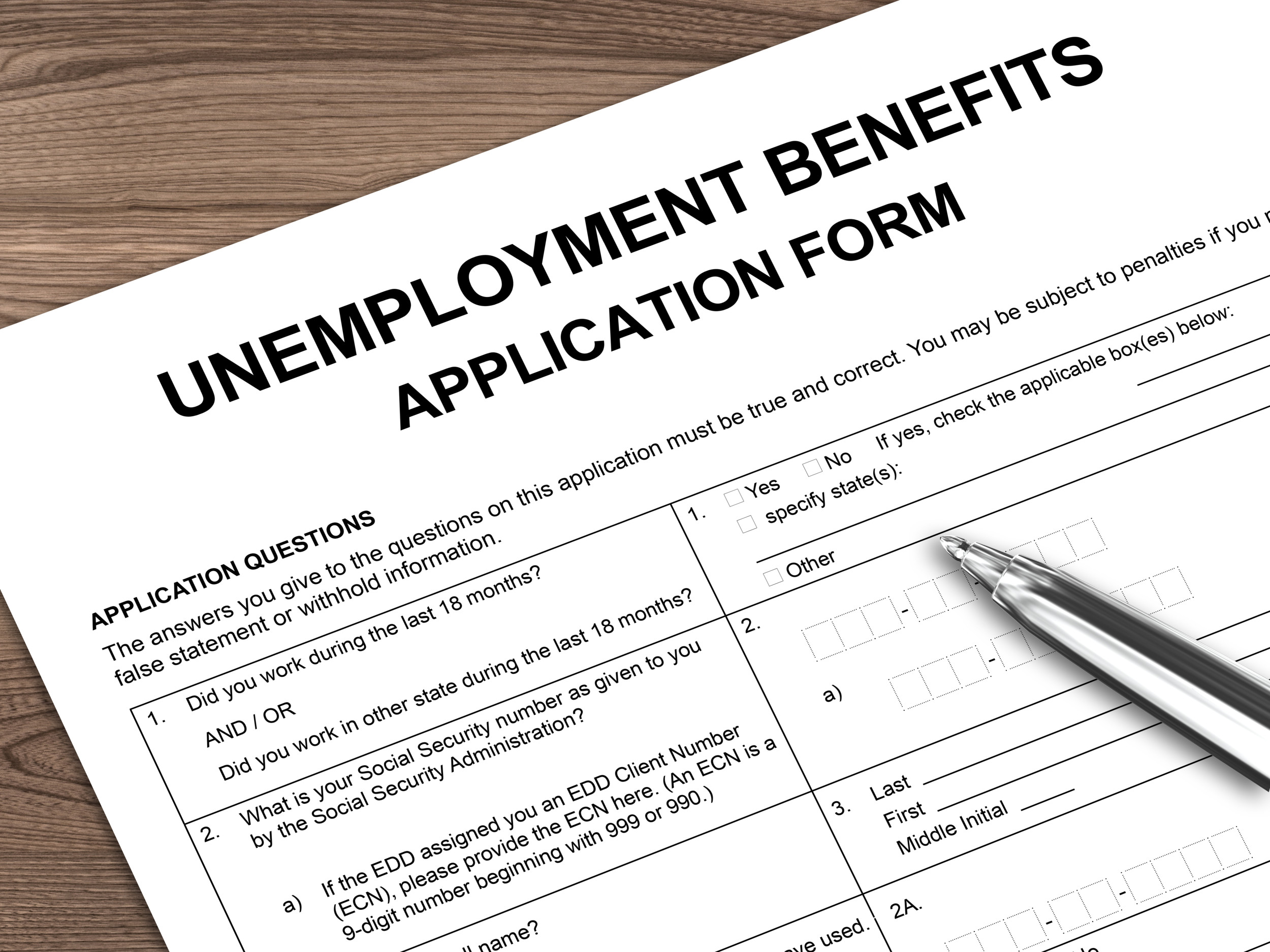Last month, researchers at the Johns Hopkins Bloomberg School of Public Health came out with another report, in what has been a parade of dire warnings about obesity in the United States. In a study published in the July issue of Obesity, they concluded that unless our eating habits or exercise habits change, 86 percent of the American population will be overweight or obese by 2030. More than a third of American adults—over 72 million people—were obese in 2005 and 2006, according to the Centers for Disease Control. The obese are more susceptible to an array of health problems, such as hypertension, type 2 diabetes, heart disease and stroke. Widespread obesity also means that today's children may even have a shorter life expectancy than their parents.
But poor health isn't the only way Americans pay for all that extra weight, there's also a hefty financial price attached. Here are the top five costs associated with obesity:
1. Lower wages: Stanford University researchers found that obese men and women earn, on average, $3.41 per hour less than their peers. Over the course of a year, that means $7,093 in lost income. The income gap is smaller when obese workers are young, but it widens over time. The difference may be partly attributable to healthcare costs: Employers tend to pay obese workers less when they're footing the bill for their insurance, researchers said, speculating that it could be an unconscious reaction on the part of the employer to having to pay higher premiums for a more obese workforce.
2. Fewer work hours: On average, obese workers tend to lose a week of work a year due to ailments related to their weight, according to the National Institute of Diabetes and Digestive and Kidney Diseases. A firm of 1,000 employees loses $285,000 a year due to obese—not overweight—employees, about 30 percent of which is attributable to increased absenteeism, according to Eric A. Finkelstein and Laurie Zuckerman's "The Fattening of America."
3. Higher medical costs: Overweight males incur medical costs that are $170 more annually than their leaner co-workers, while overweight females incur costs $495 higher than their counterparts, Finkelstein and Zuckerman write. They also note that hospitals have to pay more to treat the obese—oversized wheelchairs can cost about $2,500, eight times the cost of an ordinary wheelchair, and operating tables that are strong enough to support the severely obese can top $30,000.
4. Extra air travel costs: Budget airlines such as Southwest require obese people or people who may take up more than one seat to buy an adequate number of seats on the flight. And heavier passengers burn more fuel: In the 1990s, Americans' average weight increased by 10 pounds, which meant that airlines spent $275 million on an additional 350 million gallons of fuel to support that extra weight, according to a 2004 Centers for Disease Control report.
5. More gasoline: Obviously, more weight burns more gasoline in cars, too. A 2006 study published in the journal The Engineering Economist found that Americans pumped 938 million more gallons of fuel a year than they did in 1960 because of their heftier frames. That adds up to roughly $3.55 billion in increased annual gas expenditures nationwide.
Uncommon Knowledge
Newsweek is committed to challenging conventional wisdom and finding connections in the search for common ground.
Newsweek is committed to challenging conventional wisdom and finding connections in the search for common ground.
About the writer
To read how Newsweek uses AI as a newsroom tool, Click here.








